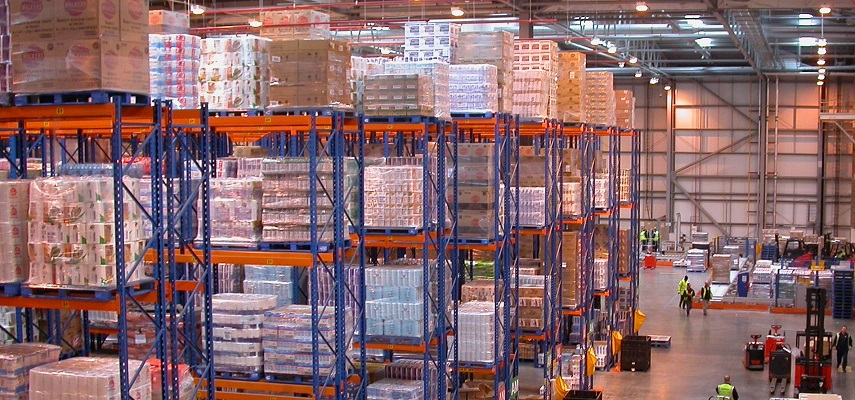
Businesses have to deal with storage in one way or another, especially when they have to maintain certain levels of stock. Most business owners prefer to store their inventory in warehouses; and it is essential for them to control the costs to ensure maximum productivity at the end of the day. There are many ways businesses can save on costs using effective storage solutions.
1. Use the Right Racking
Business owners should equip the warehouse with the right types of storage equipment for their team to use. If your business only stocks small packages, for instance, then you may be shelling out lot of wasted space if the racking is configured for bulky goods. Equally, racking that is not sufficiently sized to store heavy items together safely means that these things need to be spread around, costing more in time and materials when they need to be picked.
2. Maximise Vertical Space
Look at the height of your racking to make sure your storage volume is optimised. Since you pay for storage by the amount of floor space you need, making sure that you utilise the entire available vertical space make a lot of sense. However, you do need to ensure that warehouse operative have the right equipment to lift your products safely.
3. Consider On-Site Storage Solutions
Other than relocating to new premises, finding additional storage space elsewhere can seem like the only answer when you reach storage capacity at your current site. However, off-site storage usually leads to inefficiencies no matter how well you plan. Complete relocation also means a good deal of disruption and cost. Instead, WSSL can help your business with storage solutions like mezzanine floors and pallet racking to add more space to your current
4. Rationalise Your Inventories
Regular stock checks help to iron out problems with items that have been stored incorrectly or gone missing. However, they take a lot of manpower. It is better to have items stored neatly in the first place, particularly small things which can go missing. As such, industrial storage boxes which can be carefully labelled and prevent smaller items from going astray are the perfect storage solution.
5. Focus on Record Keeping
Keep careful track of slow moving warehouse items so that the warehouse manager can dispose of out-dated components or, at least, move them to more out-of-the-way locations in the depot. By keeping a track on what is moving and what is not, it means that more regularly picked components can be moved to accessible locations which are freed up for active items. Software solutions can help with this process immensely.
6. Redesign Your Aisles
Clear lines of sight in warehouse aisles reduce picking times and increases accuracy. However, not all aisles need to be large enough for forklifts, depending on what it stored there. A good idea is to add more racking by reducing aisle space, where it is possible and safe to do so.
































